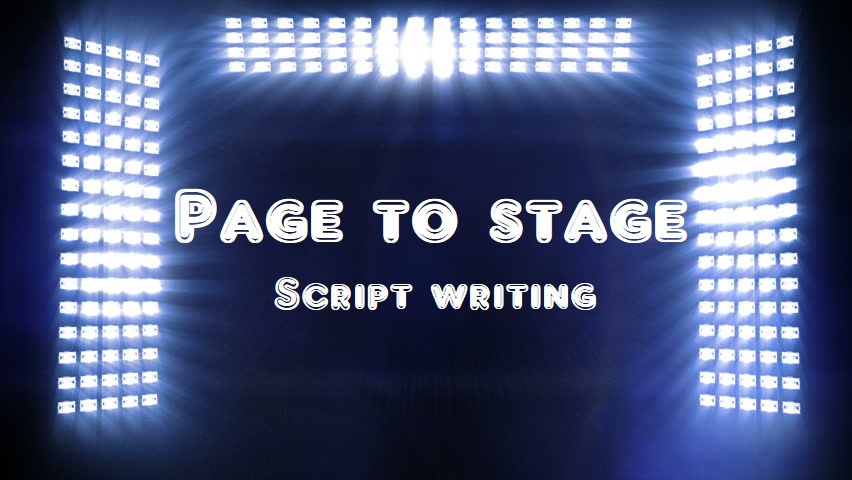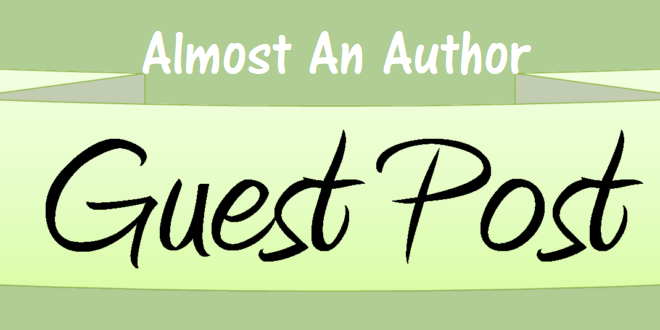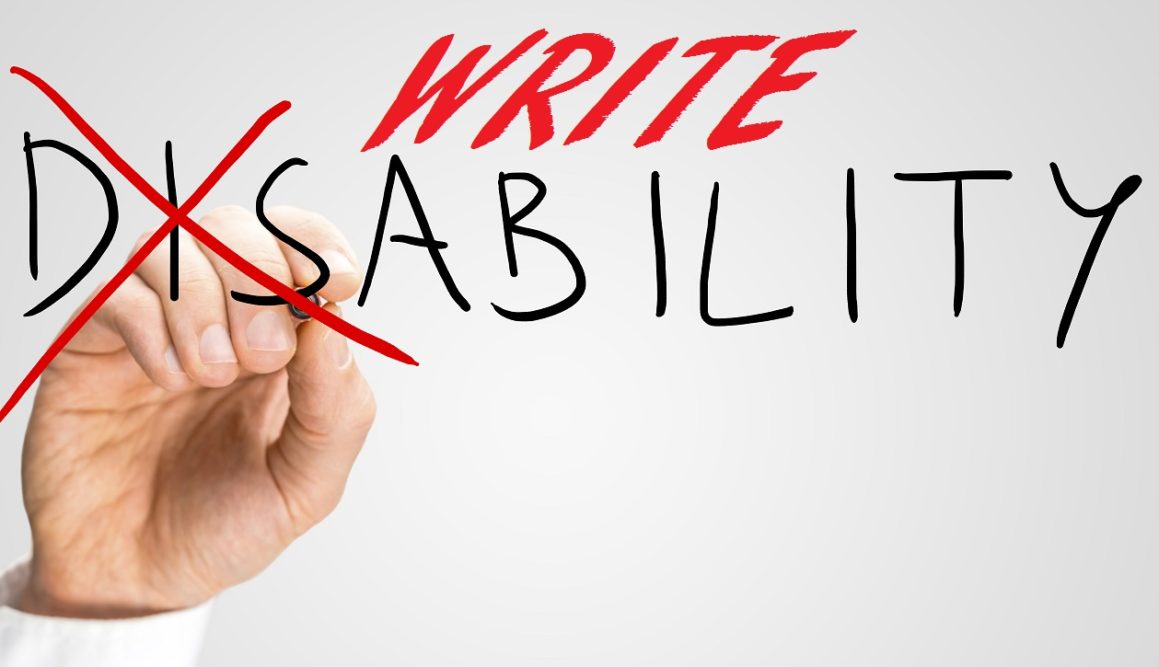
From Script to Stage/Screen: Part 2
In our first article, we looked at how research was vital to prepare any director to present a script…
August 12, 2017
In our first article, we looked at how research was vital to prepare any director to present a script…
August 12, 2017
“Sorry, but I can’t make those changes to my manuscript. It’s my baby.” We cling tight to our books,…
August 8, 2017
“It was a dark and stormy night.” One of the most famous opening lines of literature comes from Edward…
August 7, 2017
What is blank verse? Blank verse doesn’t recognize a rhyme scheme but it does adhere to a developed metrical…
August 5, 2017
“Wah wah woh wah wah” Is all I hear at times. I feel like Charlie Brown, a blockhead. My…
August 2, 2017
Can you share a little about your recent book – With Angel’s Wings is a true medical drama/unconventional love…
August 1, 2017
“Me, write for magazines? Never. I barely have the energy or expertise to write my book, let alone write…
July 28, 2017
King David, Isaiah, Jeremiah: Inclusion of Their Sick and Crippled Picture a playground of children picking teams for…
July 27, 2017
You will go out and leap like calves released from their stalls. – Malachi 4:2 Speaking of vulnerability, I’m about to…
July 25, 2017
Why do you write for Children? To be famous? To teach children the truth? To evangelize children? To fulfill…
July 20, 2017
Dana, Please tell us about your most Recent Book. DESCENDED- ULRICK is the 4th and last book in the…
July 15, 2017
Opinions. Opinions. More opinions float through a person’s mind in the course of a day than Aristotle has twelve-letter…
July 14, 2017
When we consider various markets for our magazine writing, often we neglect the market right before our eyes—the inspirational,…
July 13, 2017
(This week my husband lost a crown while eating a piece of licorice—that in itself is probably worth a…
July 12, 2017
Fantasy Flash Fiction 101 Could you write a story in 500 words? What about 100? Flash fiction is a…
July 7, 2017
From Script to Stage/Screen INTERIOR. ICE CREAM PARLOR – DAYTIME Myrtle Beach in the Summer The directions in the…
July 4, 2017
Welcome, Steven, can you share a little about your recent book – In Every Deadly Kiss, FBI Agent Patrick…
July 1, 2017
Did I ever tell you about the time my grandfather rode a horse down the center aisle of a…
June 27, 2017
The Holy Bible, shows the stigma of disability and the encouragement and inclusion for the disabled, despite today’s protests…
June 25, 2017
The Internet is swooning over Carlton Hughes. As of this writing, Carlton’s last comedy writing article here on…
June 18, 2017
I wrote my first fiction novel in four months during 2009 because I believed I could write a…
June 16, 2017
Joshua J. Masters is a pastor, author (American Psalms), Christian speaker and artist. He currently serves as an Associate…
June 15, 2017
Magazine writing jobs sent straight to your inbox? Yes, it is true. I get them every morning. So how…
June 12, 2017For most magazine articles, I need information beyond what I have myself. To gather this information, I will…
June 12, 2017
Please tell us about your most Recent Book Abby’s Letters is about a seventeen-year-old girl who fakes her mom’s…
June 11, 2017